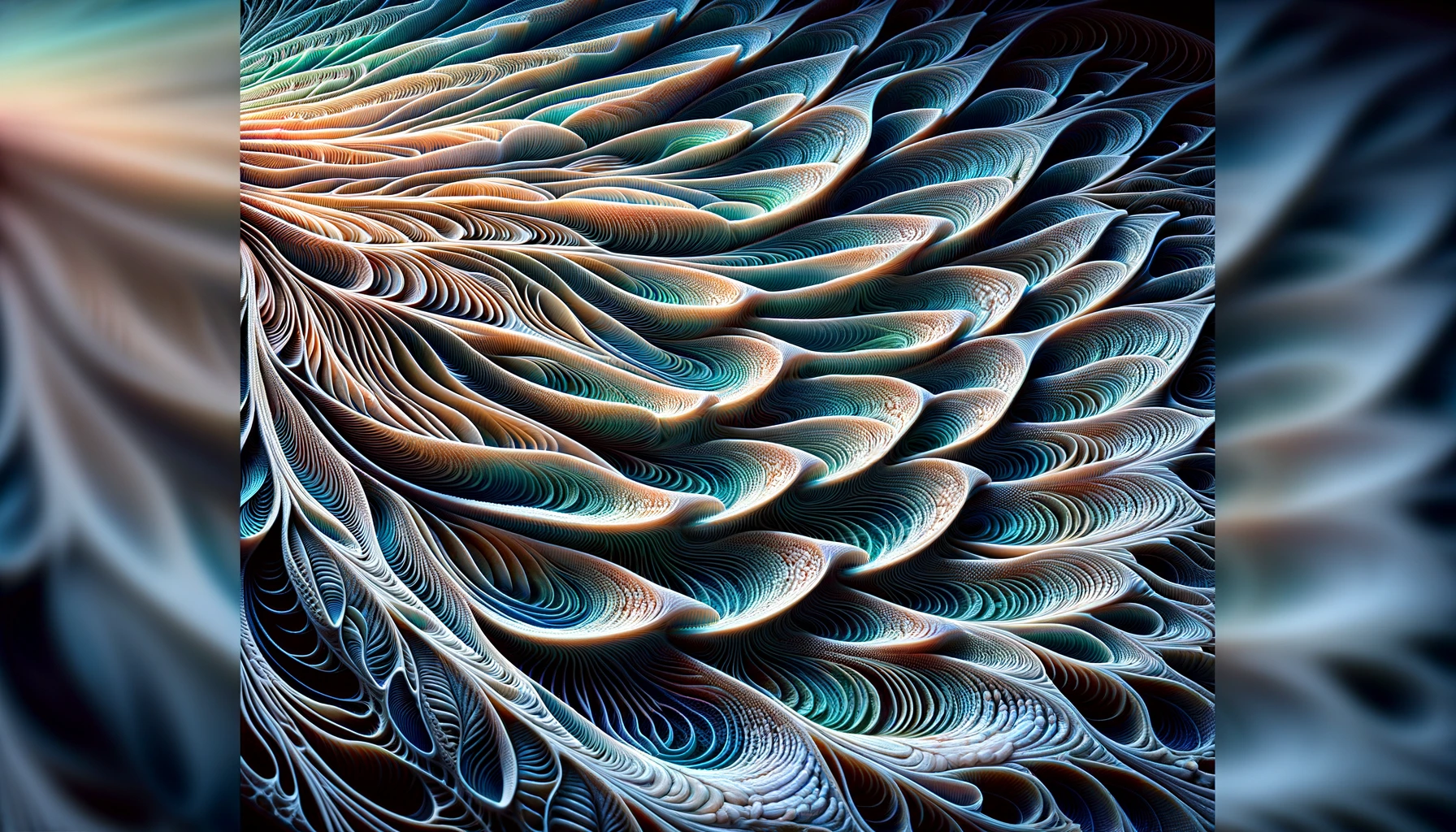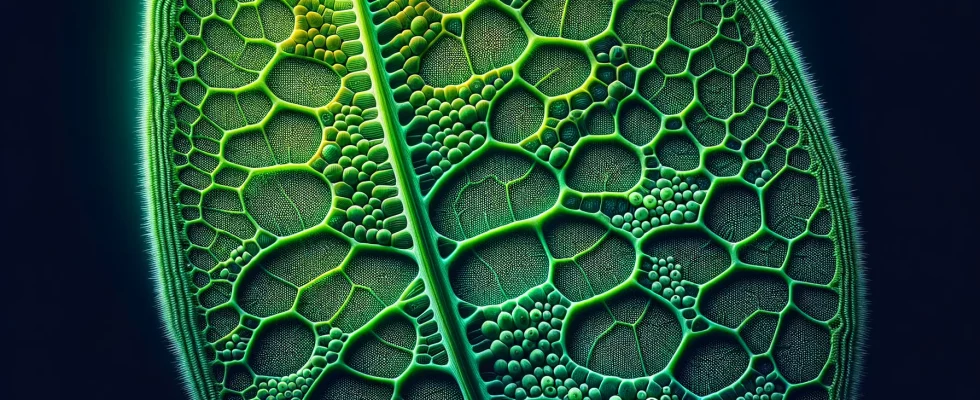An exciting development has occurred in the world of mathematics. A research team from Budapest University of Technology has discovered a new form of “soft cell” that is abundant in nature. This discovery redefines the complexity of mathematical shapes in nature.
Hidden geometry in nature: Soft cell discovery
Soft cells are defined as natural slabs with curved edges, creating a striking contrast when compared to traditional slab shapes in mathematics. This new discovery shows how mathematical concepts translate into real-world examples.
Researchers say this newsoft cell” revealed that the shape transitions from a mathematical possibility to abundant examples of nature. Soft cells can come together in both two and three dimensions, although they lack the angular shapes of theoretical mathematics.
Why is soft cell discovery important?
Soft cells stand out with their curved edges and uneven surfaces, rather than having sharp corners and flat surfaces like triangles, squares and hexagons, which are the classic solutions of mathematical geometry. These shapes can create seamless tiling in two- and three-dimensional space.
Researchers state that these shapes appear not only in art but also in biology. For example, when looking at sections of muscle tissue, the cells appear to have only two sharp corners.

Examples in nature and future applications
These ideal soft shapes can be found everywhere in nature, from cells to shells. It is stated that seashells, in particular, are a natural example of this soft cell shape. The researchers discovered that the growth of the shells followed a regular pattern, and no corners could be found in three dimensions with CT scans.
This shows that nature is much more advanced than our understanding of geometry. This discovery offers an opportunity to re-evaluate the relationship between mathematical form and natural form. Soft cells open a new page in our understanding of the complexity of nature and the reflections of mathematics in nature.
This new finding seems to contribute to both mathematical research and the understanding of nature. You can write your opinions about this discovery in the comments section below.

